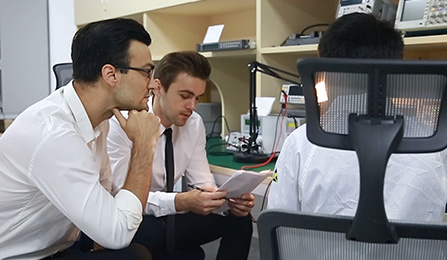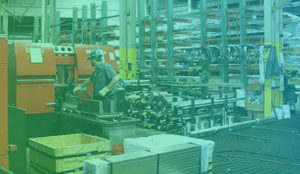The product development process is an extremely long and expensive journey which leaves many founders thinking “where has all my investment gone?” Well, sorry to break it to you, product development is extremely expensive, and quite so. When we think of the product development process we instantly think of prototyping, maybe a little testing in-between. Here’s where many startup founders will think “well after I prototype, surely it’s time for manufacturing”. This is a huge mistake, and quite frankly a frustrating mindset toward the product development process.
Consider this, the hardware is hard. This is no surprise, in fact, anyone can get themselves to a prototype, it’s not really that hard! But not everyone can commercialize it, now this is where the product development process becomes a little more confusing. From your initial prototype, many founders will be roughly 20% into the product development process, so, why numerous startups think they’re ready for manufacturing at a prototyping stage is far beyond me.
The hardware startup’s product development life cycle
Now, let’s humor the fact that you’ve been successful in developing the necessary design files and begun procuring components for your prototype. This truly is one of the fundamental starting points of your product development process. At your prototyping stage, you can begin by testing and validating your theory. Although the product development process is incredibly arduous, it also exciting when building a new product.
Product development stage one: Engineering validation testing (EVT)
Your EVT stage or better known as, your engineering validation testing stage is roughly your evolved prototyping stage. During your EVT stage, you’re looking to validate the core functionality of your product. This will be ensuring that certain aspects of the product’s key features (electronics wise) are in perfect order before moving on to the next stage in your product development process.
Product development stage two: Design validation testing (DVT)
Design validation testing is the next stage in your product development process. Your DVT stage is ultimately the validation of the design itself. Ensuring that that the material and overall encasement is working/looking exactly how you want it to. For example, you need your product to be waterproof, so this is when you’d be running tests on the casing’s resilience against water.
Product development stage three: Product validation testing (PVT)
Here’s where you begin to feel the start of your final product coming to fruition. PVT is usually the start of the end of your product development process. During your PVT stage you are validating the manufacturing equipment’s ability to produce your product. Ultimately, we are creating a MSA (measurement system analysis) and an SOP (standards of operations).
Product development stage four: Mass manufacturing 1st batch (MP1)
Finally, in your product development process, you will go through one more validation process which we call MP1. MP1 generally means that your product is now going through its trial production run on the manufacturing/assembly lines. You’d roughly start out with producing 1000 units to begin with. Every unit will be tested for functionality and quality.
Conclusion
As you can see the product development process is a long, time & capital intensive process, which many startup founders are unprepared to commit to. Regardless, if you’re going to build a hardware device you have to go through the product development process to ensure you get to the manufacturing lines. It’s always recommended to partner with a 3rd party engineering company who is capable of seeing you through these stages.





